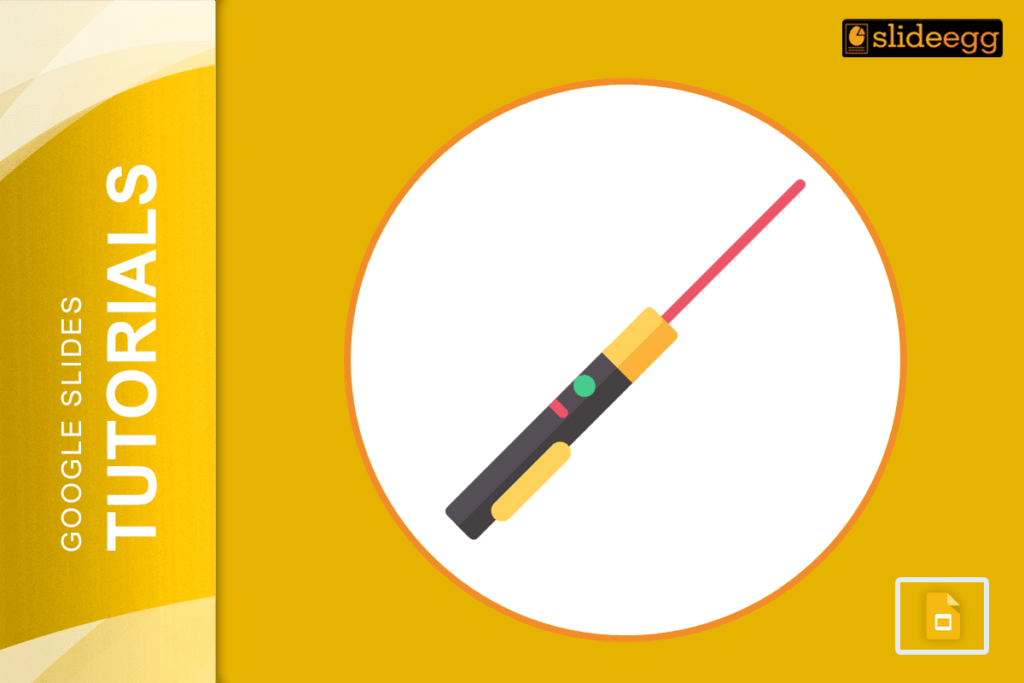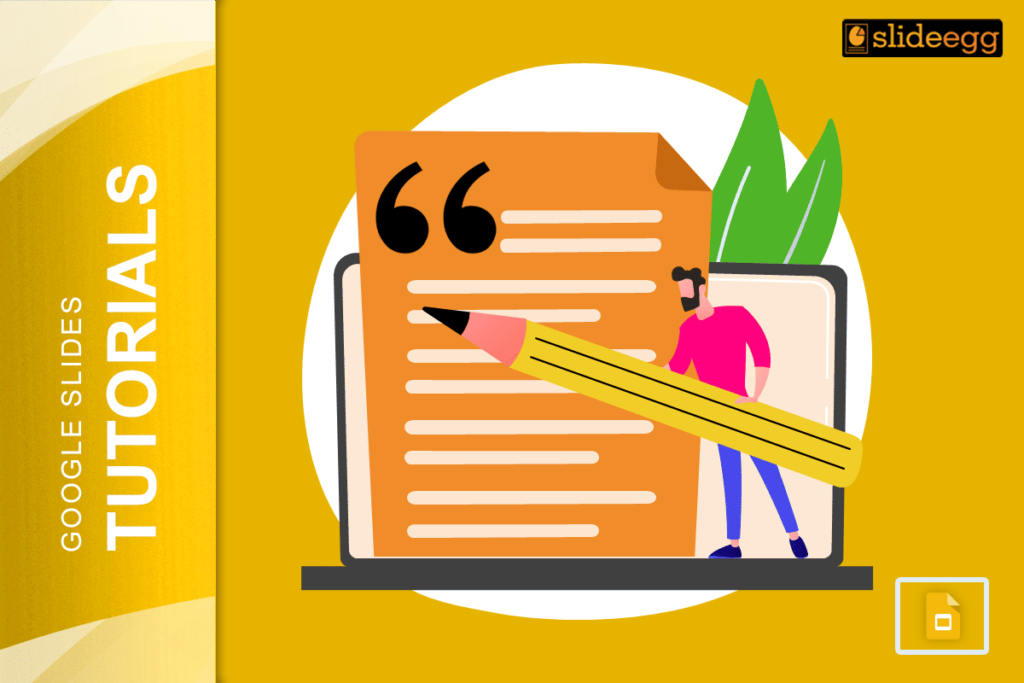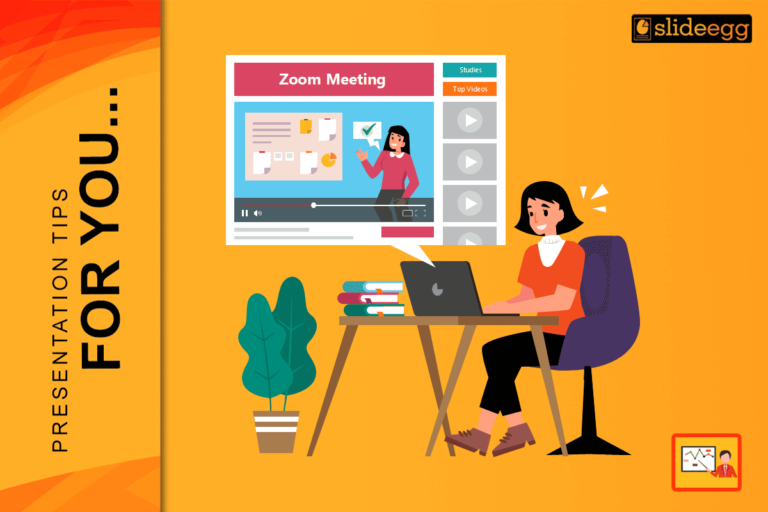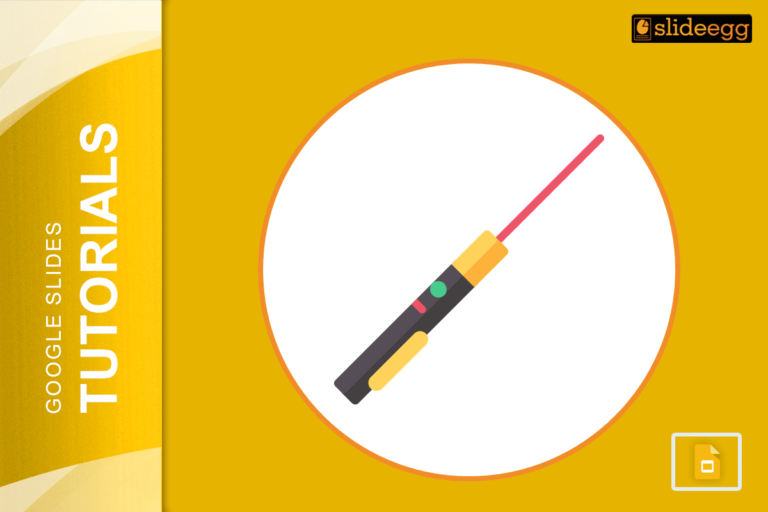Why Narration Makes Your Slides Better
Did you know that people remember 95% of a message when they hear it, compared to only 10% when they read it? That’s why adding narration to your Google Slides can make your presentation more engaging, clear, and impactful.
Whether you’re a teacher creating an online lesson, a student presenting a project, or a professional making a business pitch, narration can enhance your slides and keep your audience focused.
The best part? You don’t need fancy software! Google Slides allows you to add voice recordings easily. In this guide, I’ll show you step-by-step how to narrate Google Slides in a simple way.
Let’s get started!
1. Can You Record Audio Directly in Google Slides?
No, Google Slides doesn’t have a built-in audio recorder. But don’t worry! You can still add narration by recording your voice using:
✅ Online voice recorders (like Vocaroo, Online Voice Recorder)
✅ Your phone’s voice memo app
✅ Computer software (like Audacity or Windows Voice Recorder)
Once you record your narration, you can upload it to Google Drive and insert it into your slides. Now, let’s go step by step!
2. Step-by-Step Guide to Narrating Google Slides
Step 1: Record Your Voice
- Open a voice recording app on your computer or phone.
- Speak clearly and record your narration for each slide.
- Save the audio as an MP3 or WAV file (Google Slides supports both).
- Upload the file to Google Drive (Right-click > Upload files).
Step 2: Insert Audio into Google Slides
- Open your Google Slides presentation.
- Go to the slide where you want to add narration.
- Click Insert > Audio.
- Select your uploaded audio file from Google Drive.
- Click Select, and an audio icon 🎵 will appear on your slide.
Step 3: Customize Audio Settings
Once you’ve inserted the audio, you can adjust the settings:
✅ Autoplay when the slide opens (Recommended for smooth narration).
✅ Loop audio if needed.
✅ Adjust the volume so it’s not too loud or too quiet.
✅ Hide the audio icon if you don’t want it visible.
To do this, click on the audio icon, then go to Format options > Audio playback.
3. How to Add Different Audio for Each Slide
If you want different narration for each slide, simply:
- Record separate audio files for each slide.
- Upload them all to Google Drive.
- Insert each file on the correct slide using the steps above.
This method makes it easier for your audience to follow along without confusion.
4. Best Tips for a Great Narration
Want your narration to sound clear and professional? Follow these tips:
✔ Use a quiet space to avoid background noise.
✔ Speak slowly and clearly so everyone understands.
✔ Use a good microphone (your phone’s mic works fine, but a headset is better).
✔ Practice before recording to avoid mistakes.
✔ Keep it short and engaging—don’t just read everything on the slide!
Pro Tip: If you make a mistake, don’t start over—just pause and continue. You can edit the audio later.
5. How to Share Narrated Google Slides
Once your narration is ready, you might want to share your Google Slides presentation. Here’s how:
Option 1: Share as a View-Only Link
- Click File > Share > Get link.
- Set permissions to “Anyone with the link can view”.
- Copy the link and send it to your audience.
Option 2: Publish to the Web (Autoplay Mode)
- Click File > Publish to the web.
- Choose Start slideshow automatically.
- Copy the link and share!
This option allows your slides and narration to play automatically, making it feel like a real video presentation!
Final Thoughts
Narrating Google Slides is a great way to make your presentations engaging and easy to understand. Whether for teaching, business, or school projects, adding voice narration helps your audience stay focused and absorb the information better.
Now that you know how to narrate a Google Slide, try it out and make your next presentation stand out!







